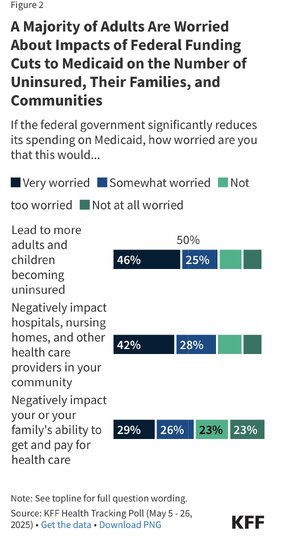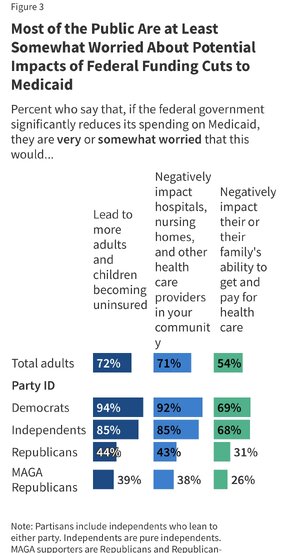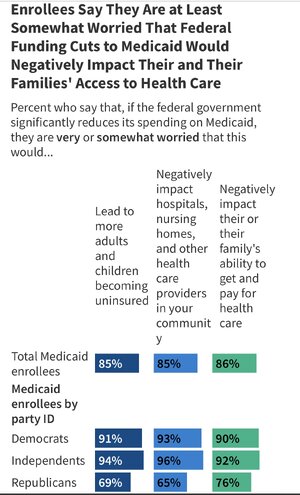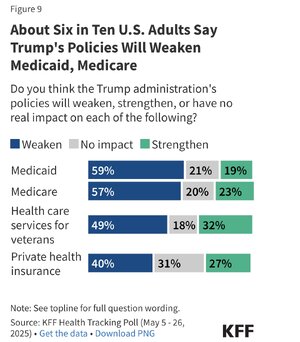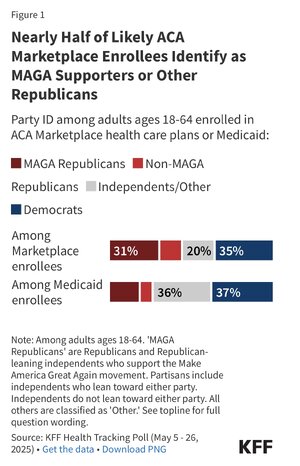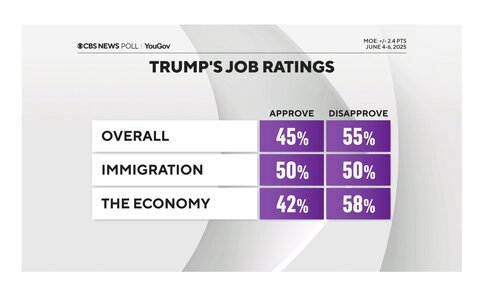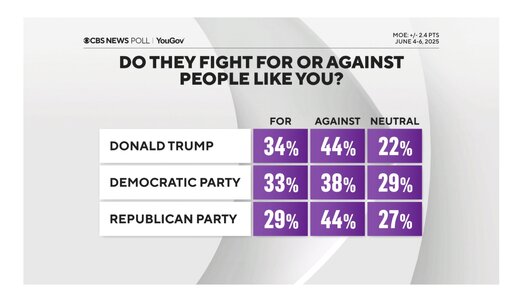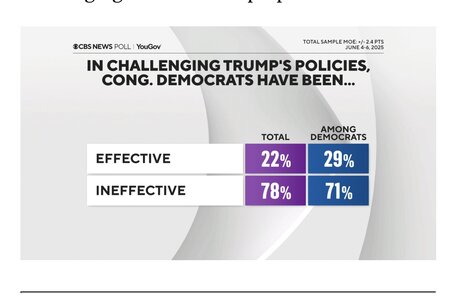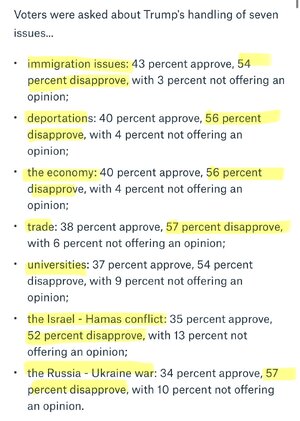A look at turnout in one of the country's top swing states.

open.substack.com
"Who's voting and who's not in North Carolina
A look at turnout in one of the country's top swing states.
 Thomas Mills
Thomas Mills
Jun 06, 2025
Compared to other states, North Carolina Democrats had a pretty good election cycle in 2024. While Kamala Harris lost the state by about three percent, the party won five of ten Council of State seats, including the governor, lieutenant governor, and attorney general. They broke the veto-proof majority in the state house despite the heavily gerrymandered districts, and they held a Supreme Court seat despite
Republican attempts to steal it.
However, Democrats face structural problems that prevent them from becoming a stronger party.
Turnout statistics show that they have difficulty turning out their base voters and their share of registered voters is shrinking. They will need to fix these issues if they want to make the state a bluer shade of purple.
Overall, turnout was down very slightly from the 2020 presidential turnout of 75%. Just under 74% of registered voters showed up last November. For the first time in a presidential cycle in over a 125 years, more registered Republicans voted than registered Democrats. For the first time in North Carolina history, unaffiliated voters made up a larger portion than either major party.
Turnout among Democrats was 73% while almost 80% of Republicans voted. Despite having the largest block of voters, unaffiliated turnout was only 67%.
People are increasingly registering unaffiliated but that does not necessarily mean they are independent. Many, if not most, prefer one party or the other, or at least they vote that way. Clearly, a majority of them supported Josh Stein for governor and preferred Democrats for the other top council of state seats. They obviously broke for Trump over Harris.
A look at demographics reveals the structural problems holding Democrats back. Turnout among African American voters, Democrats’ most consistent supporters, dropped two percent from 2020, despite having a Black woman at the top of the ticket. They made up less than 18% of the electorate, down to pre-Obama levels.
Many of those African American voters lived in rural counties in eastern North Carolina and along the South Carolina border, where turnout was significantly lower than the state as a whole. I suspect they are working class voters who were older and more religious. While they didn’t vote for Republicans, they rejected much of what they perceived as Democrats’ cultural agenda and sat out the election.
Turnout among young voters also fell. Just below 60% of voters under 40 years old came to polls. That’s about three percent lower than 2020, but considerably higher than their 2016 or 2012 turnout. Younger voters are the most unreliable part of the Democratic coalition. While they tend to support for Democrats, their turnout is consistently underwhelming.
In contrast, Republican voters maintained their high presidential year turnout. Turnout among White voters was over 78%, close to their 2020 turnout of 79%. Voters over 65 years old turned out at a rate of more than 83%. Rural counties in the piedmont and west, areas that are predominantly white and older, had the highest turnout in the state with most seeing turnout between 75% and 80%. Most supported Republicans by double digits.
Democrats are solidifying their base in areas of the state that are growing. They’re winning by huge margins in urban areas and they are slowly but surely shrinking Republican advantages in exurban counties like Johnston and Union. Newcomers and young people in these areas are keeping them competitive across the state.
Republicans, in contrast, are building advantages in areas that are shrinking, but they are cutting into the Democratic base by attracting more culturally conservative voters of all stripes. They are also maintaining or increasing their advantage in coastal counties like Brunswick and Pender that are growing, in large part, because of an influx of retirees. The reality, though, is that Republicans are reliant on increasing margins in areas that are losing population. That’s probably not sustainable over the long haul.
Both parties need to broaden their appeal if they want to become more dominant in the state. Democrats need to cut into GOP margins in high turnout rural counties. Republicans need to attract newcomers in more urban/suburban areas. In a state with a rapidly growing unaffiliated electorate, both sides need to appeal less to their base and more to the middle. Swing voters are for real in North Carolina."

www.kff.org
